Even the most conservative estimates put the cost of edible food we buy that we never consume at more than $2000 a year. At its very base, meal planning will save you money big time. End of story really, but here are some more reasons why we think you should embrace meal planning, and how to get started.
Your health matters
There is a school of thought that says only shopping on the outside aisles of the supermarket will keep you in good stead. This means the dairy aisle, eggs and cheese, the fresh fruit and vegetables, the meat, the deli and the bakery – items generally found around the edges of the supermarket. Add in the odd rice or pasta (again – raw product not flavoured or pre-cooked) and some tinned or dried pulses, some tinned tomatoes and spices, and you will have the basis for just about every meal in the PlanBuyCook repertoire.
Every dietitian, regardless of their preferred approach. advocates that meal planning is the key to making better food choices. Two of the biggest barriers are having the meal plan and having the food in the house. The other is having the know-how of how to make your cooking most efficient.
Failing to plan is planning to fail
How often have we heard this adage? But it is so true when it comes to meal planning. I used to ring friends every night around 5pm and ask what they were cooking for dinner, and then rush to the shops and buy the ingredients. Result? A meal that was late on the table and not particularly tasty. Let alone the expense – it costs a lot to cook like that every day. Learning some key tips to make meal planning simple has changed my life. We’ve built a meal planning app to make your life easier too. Read on for the core building blocks to make meal planning simple.
Recipe inspiration
There are so many sites with literally hundreds of thousands of recipes. So many that it is overwhelming. Trawling through recipe after recipe online can be exhausting. Look for recipes that have ingredients you recognise that won’t break the bank, and don’t take hours of cooking to make. For everyday recipes, you also need to keep the complexity to a minimum. Save technical cooking (we see you Heston) for dinner parties.
Build a core recipe repertoire
We find that most people have a core repertoire of about 40 or so meals that they cycle through over the course of six weeks or so, and then introduce some seasonal food such as soups in winter or more barbecue food in summer. Keeping track of recipes you like can be daunting sometimes. So the best idea is to keep all your recipes in the one spot. With the PlanBuyCook meal planning app, you can add your favourite recipes into the app and then it will automatically add the ingredients into your shopping list, sorted by supermarket section. This also means it will aggregate the ingredients from multiple recipes together. So when you find a great recipe, add it into your app. No more “Which cookbook was that recipe in?”, as it is all in the one spot. You can even use your iPhone or iPad to take a photo of the one in the cookbook so you don’t need to start food styling your home cooked meals! Perfect.
Shop once a week
If PlanBuyCook had a mantra it would be this: shop once a week. Most people spend more time shopping than cooking – with the average Australian going to the shops 3 or more times a week. If you shop well once, you should have all the food you need to make the week’s meals. Once you learn how to cook the PlanBuyCook way you will also have more food for subsequent weeks banked in your freezer from just one shop. If you are really clever, you can order online and get someone else to do the chore of the weekly shop for you.
Cooking efficiently
Knowing how to make the most of your time in the kitchen takes a lot of the stress out of the evening meal. Jen has loads of tips to make cooking a breeze, and we’ve bundled loads of this know-how into our Plan Buy Cook Book. Grab a copy here – it is life changing.
Embracing leftovers
I used to be scared of leftovers in the fridge. This was largely because I would leave them there uneaten for days on end and get too scared to open them as inevitably I would find them with some less-than-appealing mould on them when I eventually plucked up the courage to do so. Working leftovers into your meal plan – either for lunches or a pot luck meal – makes perfect sense. Jen’s family have a leftovers night every week, where they take all the leftovers and each person chooses their own meal. My family mostly eats all the food on offer (I have three growing boys), but I now use up any leftovers the next day for lunch myself or as an afternoon snack for one of the boys. Less food waste, and surprisingly, most food tastes better the day later.
A note about takeaway food
Takeaway is a great option when you crave a cuisine that you may not be able to cook yourself. Takeaway is not such a great option when it happens twice a week or more due because you are too time poor to cook. Once you have mastered meal planning, takeaway becomes the meal when you have a yearning for a particular cuisine rather than a meal of last resort. Home delivery options have made it easier to choose meals from your favourite restaurant rather than just your local fish and chip store. If you are on a health kick there are not too many takeaway meals that fit the healthy food criteria, so maybe think about skipping the takeaway and learning how to make a home-cooked version of the meals you crave.
Getting started with meal planning
So you think this is all very fine, but how do I get on board? Well, lucky you asked. We’ve got The Plan Buy Cook Book available in stores and online, and would love you to grab a copy. Or start up using our Planners and get the Plan Buy Cook app to really get your meal planning sorted.
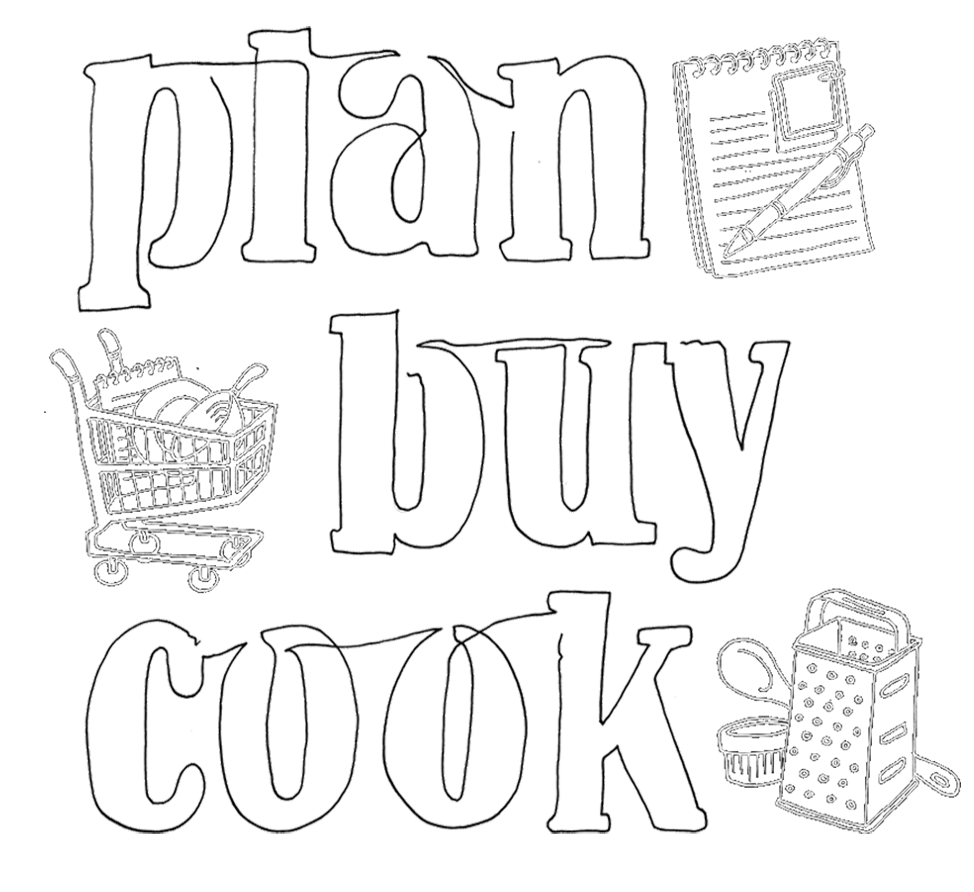
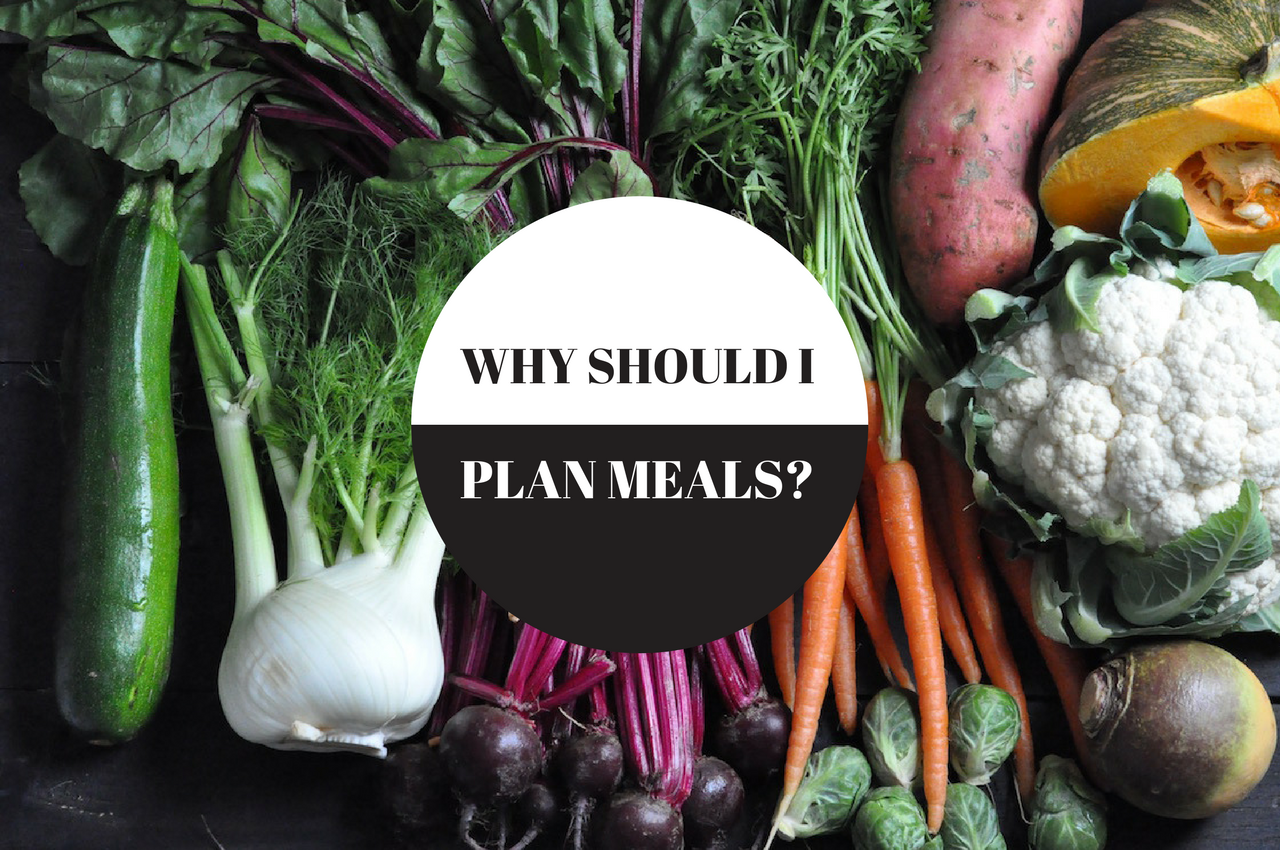
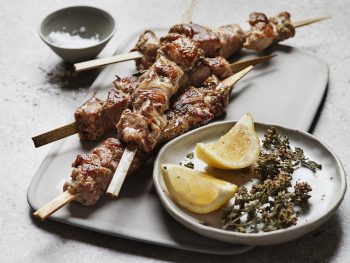
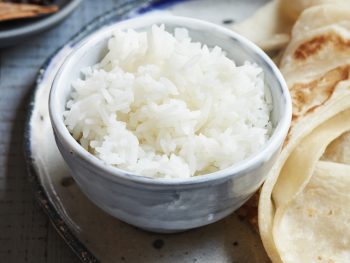
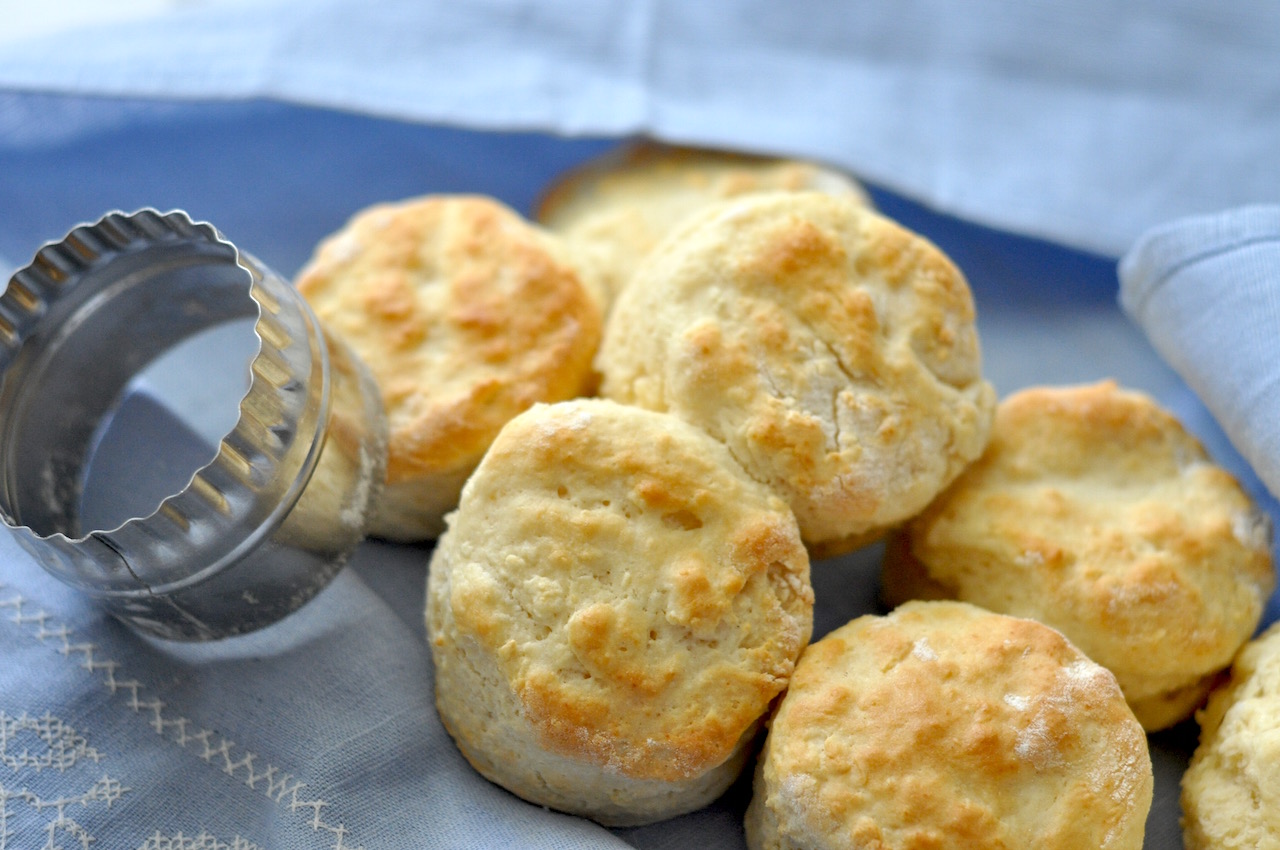
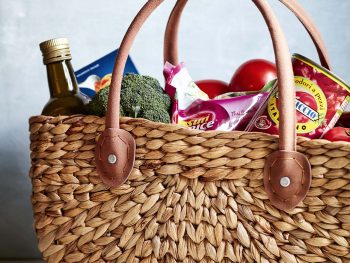
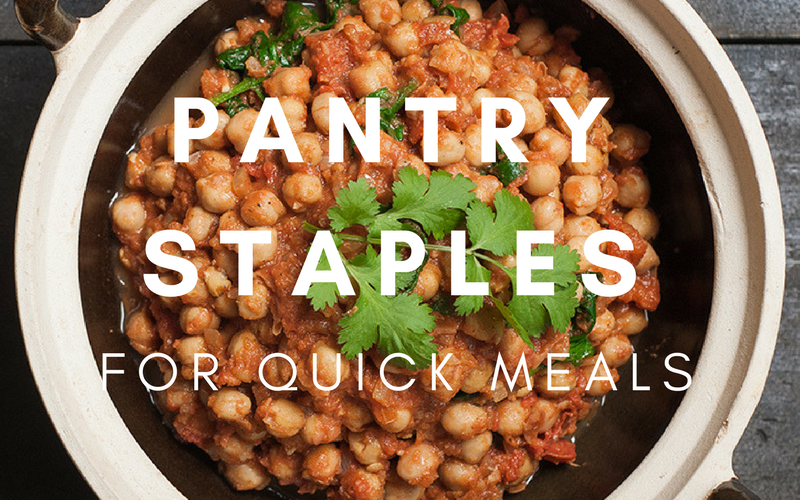
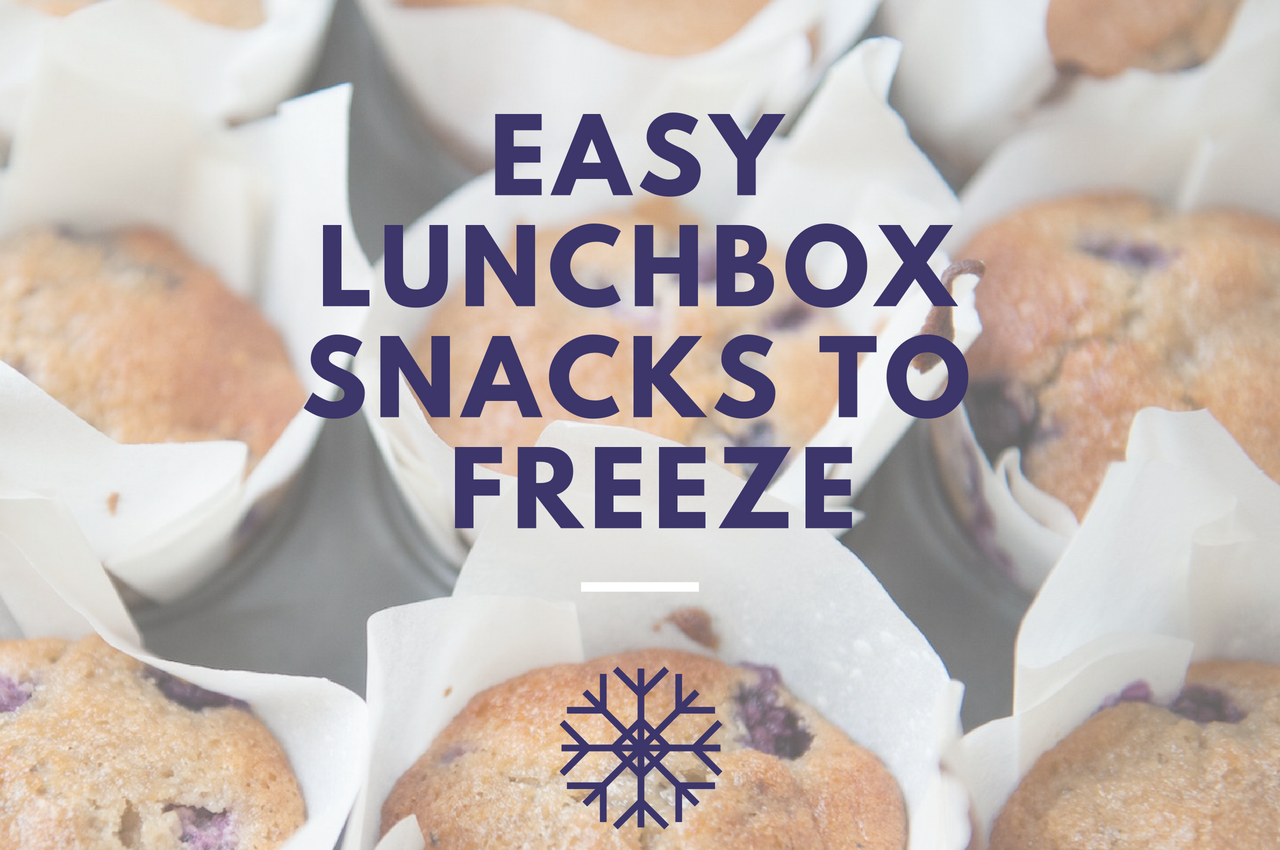
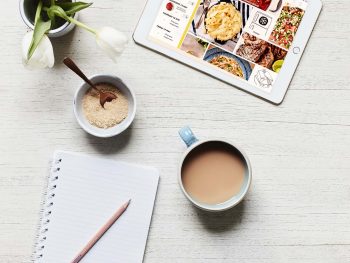
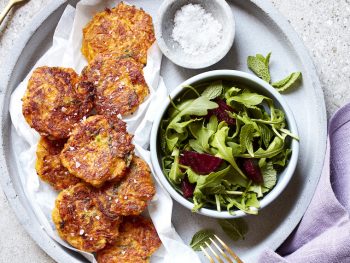
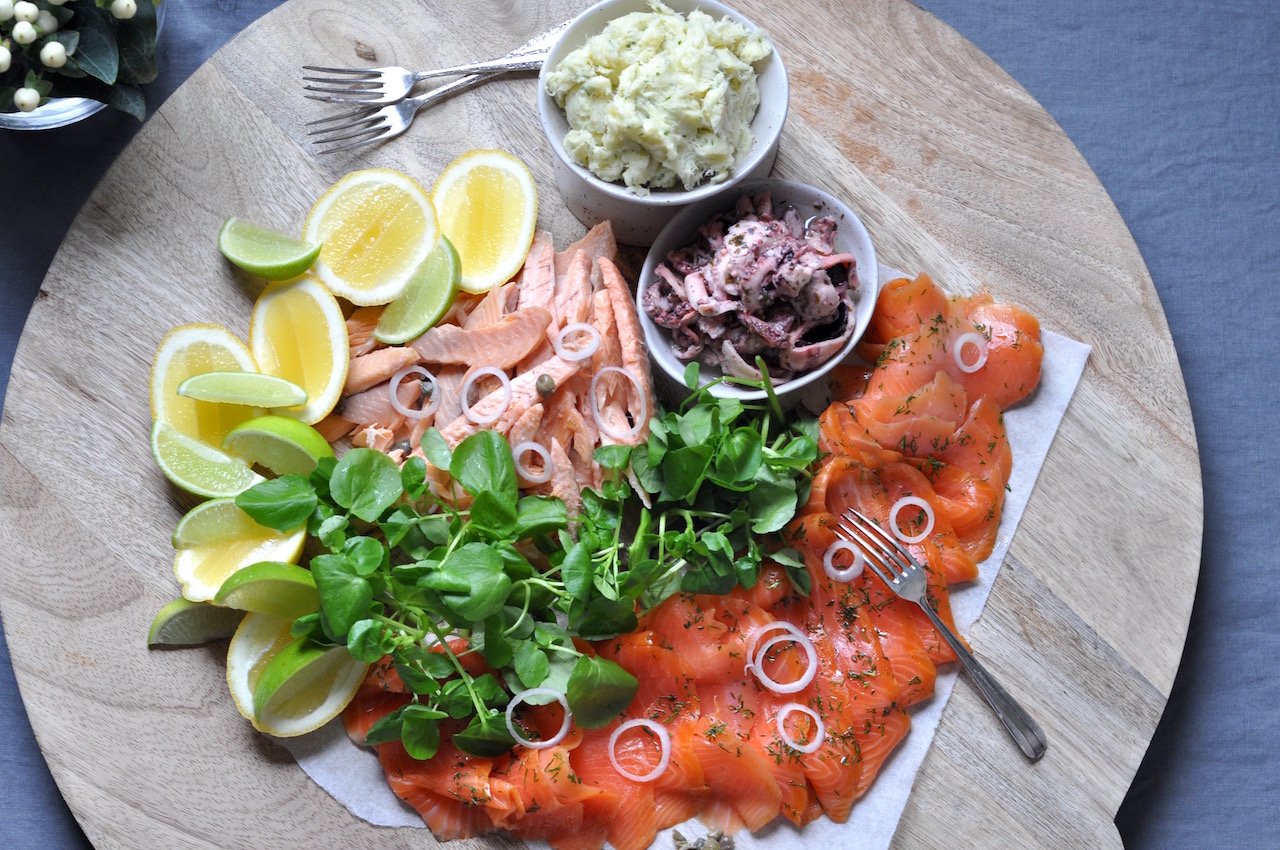
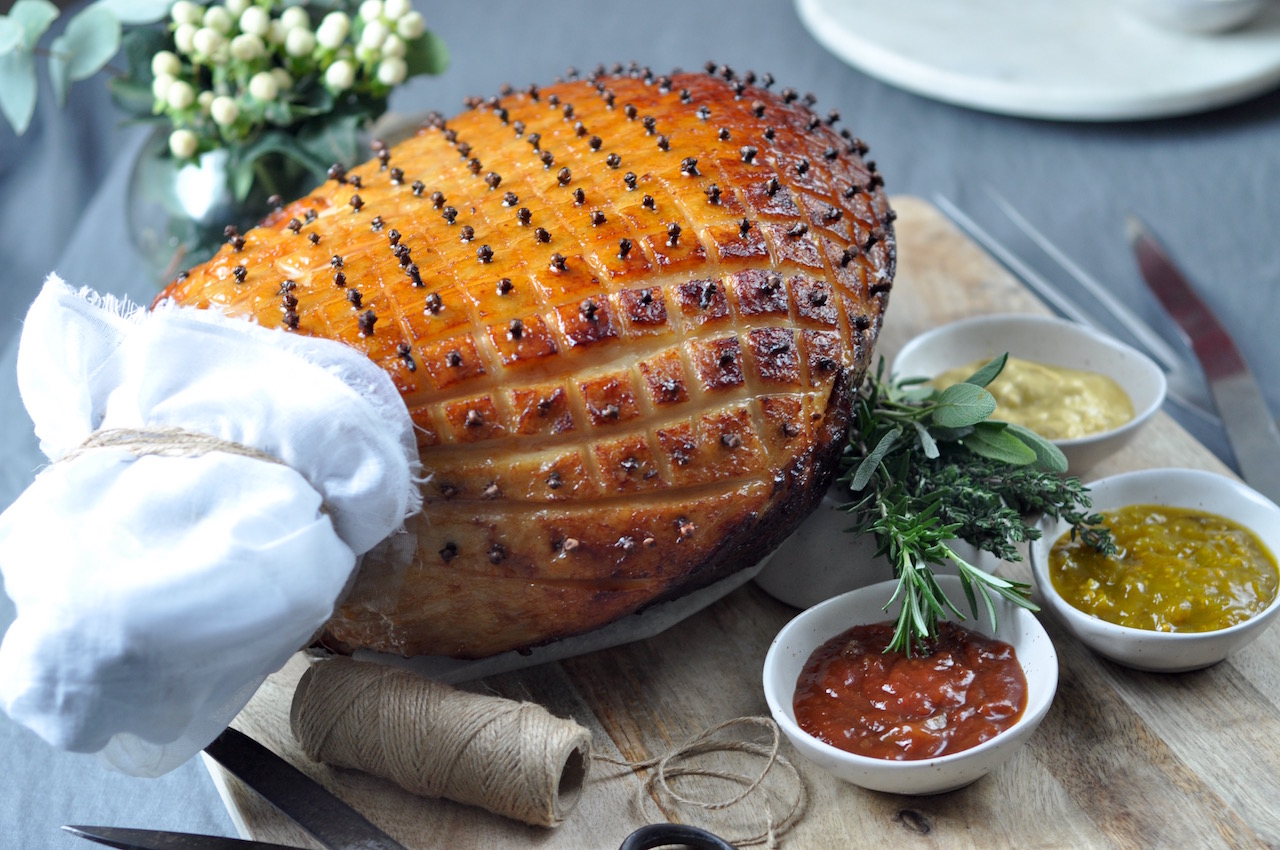
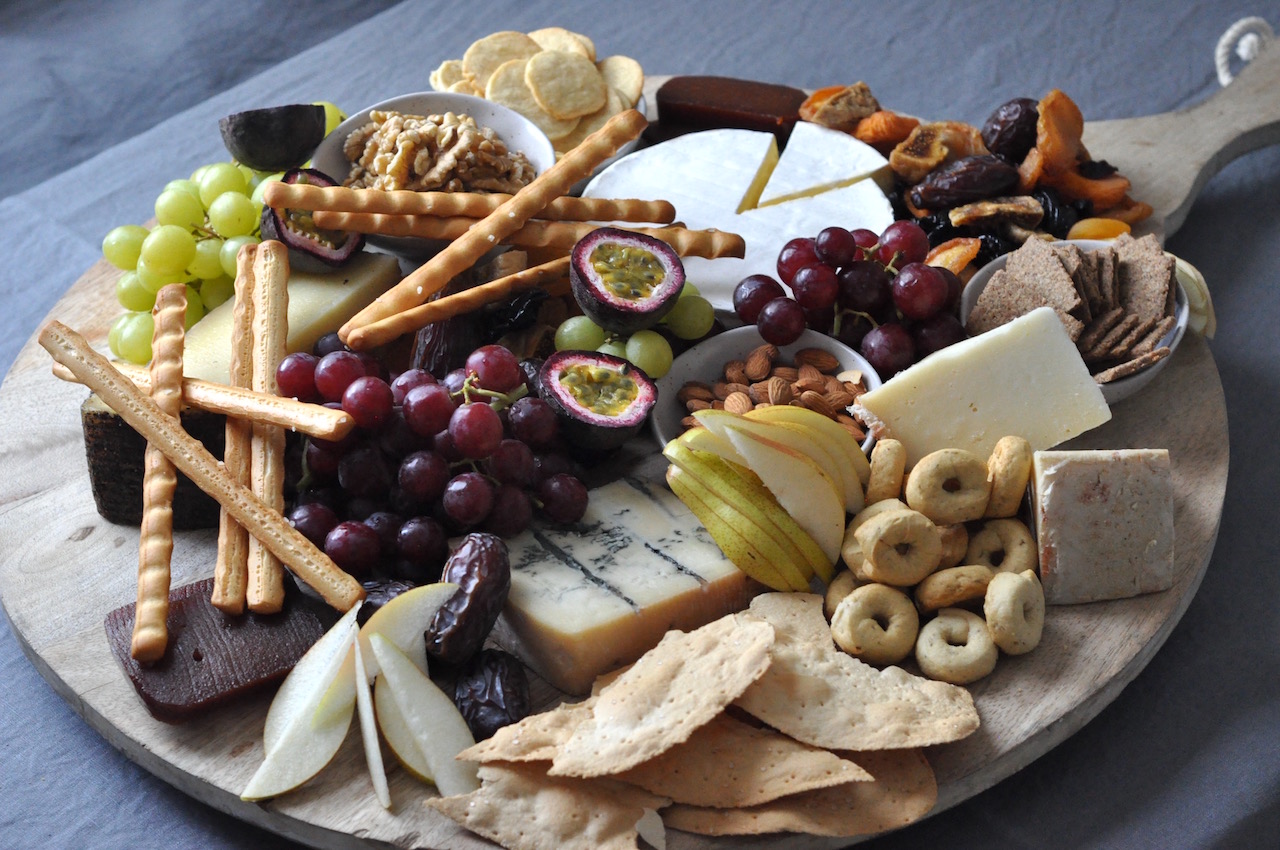
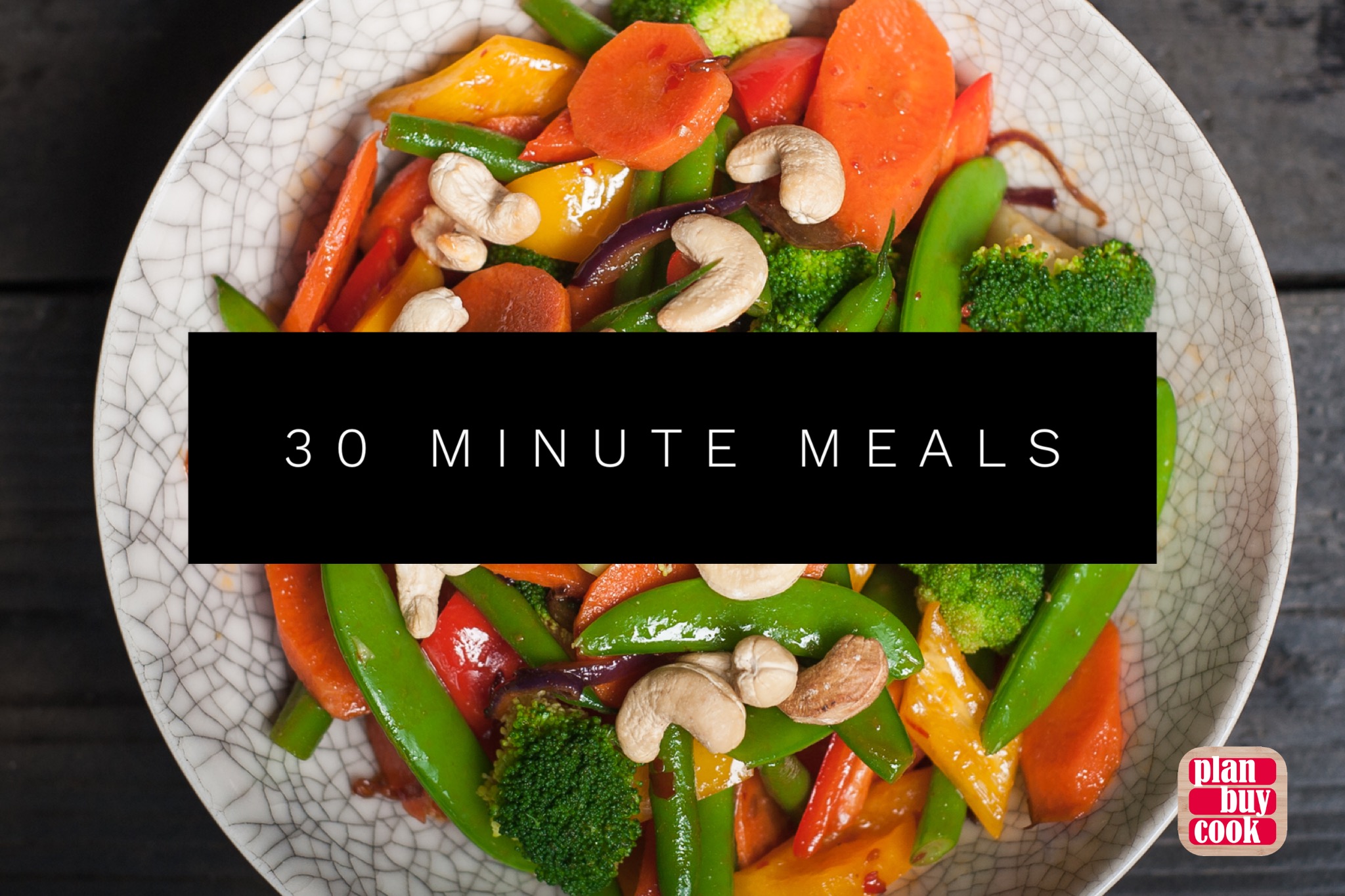
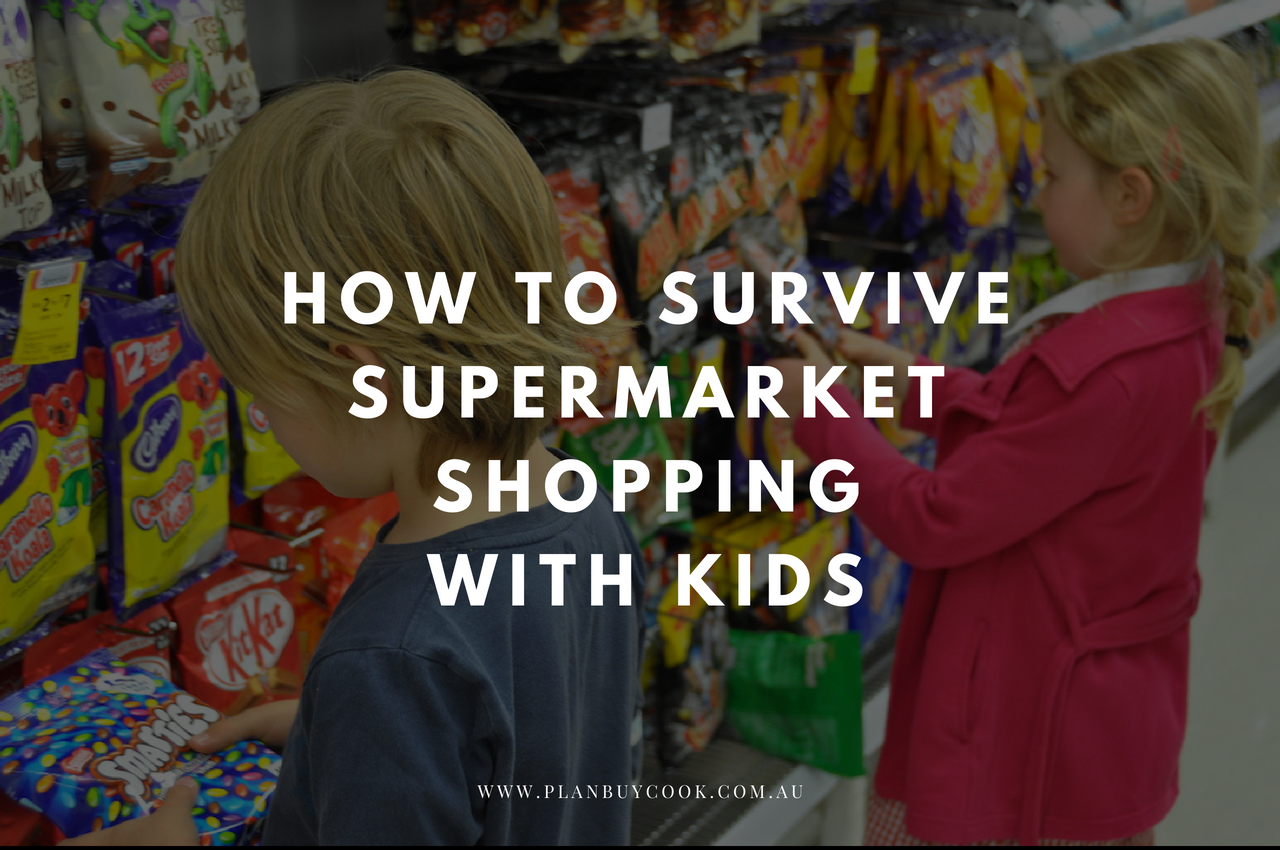 Supermarket shopping with kids – avoiding the pitfalls
Supermarket shopping with kids – avoiding the pitfalls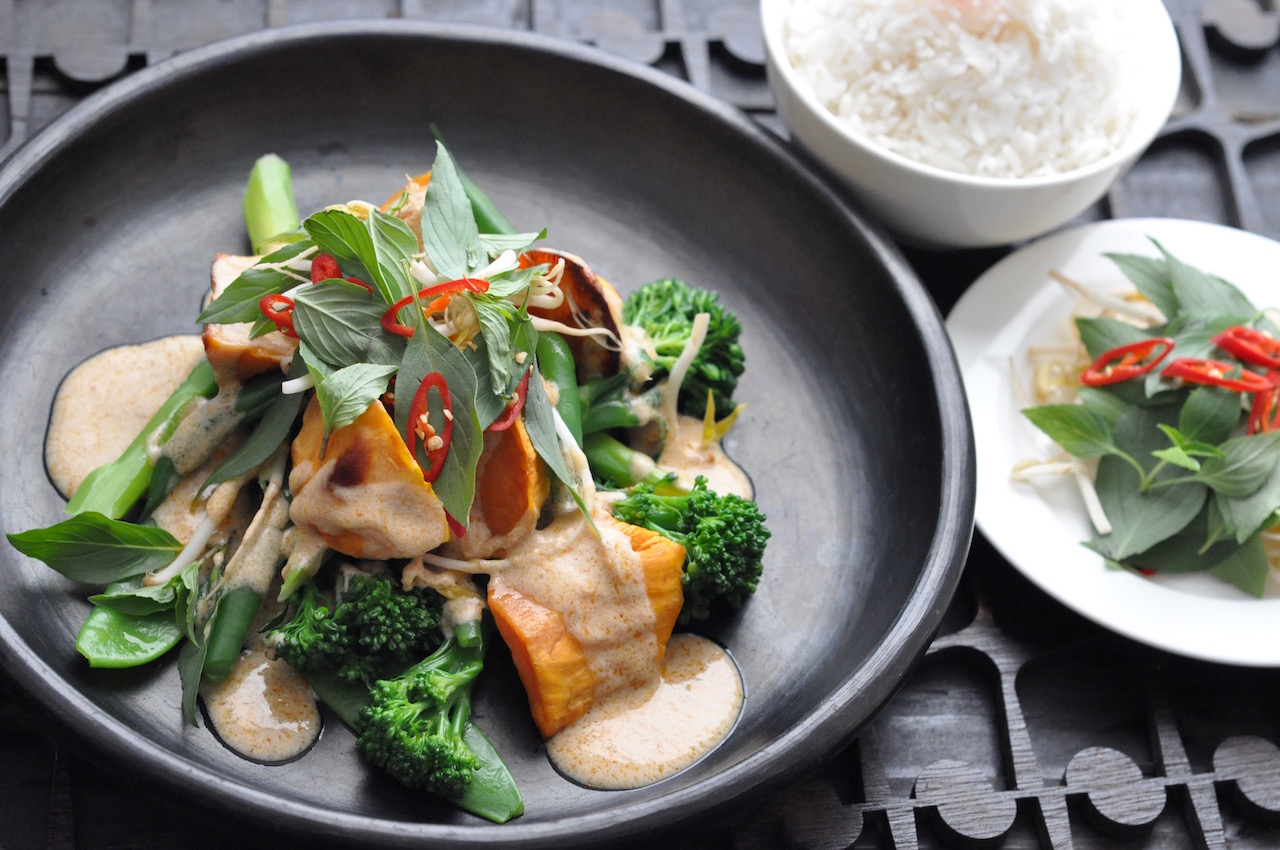
HI, will the app be released in Android and when? Thanks
Carmen,
Sorry there are no longer plans to develop the app for android in the near future.